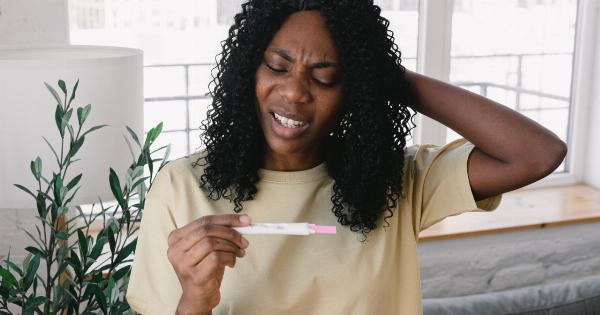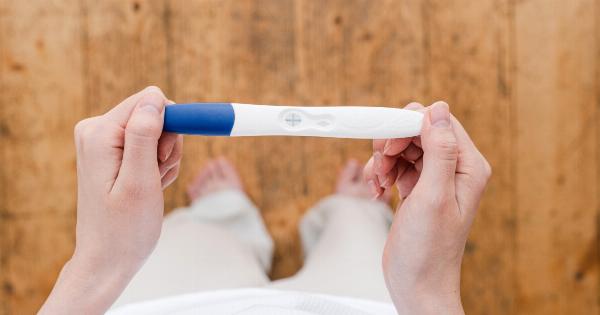Pregnancy is a beautiful and exciting journey for women. However, it is also a time of physical and emotional changes that come with discomfort. One of the common experiences which pregnant women go through is contractions.
These are essential in preparing the body for labor, but it can be worrying if you are not familiar with them. This comprehensive guide will provide you with all you need to know about contractions during pregnancy.
What are contractions?
Contractions are defined as a tightening and releasing feeling in the muscles of the uterus. They are also known as labor pains and can be an indication that labor is approaching.
Types of contractions
There are two types of contractions: Braxton Hicks contractions and true labor contractions.
Braxton Hicks contractions
Braxton Hicks contractions, also known as “false labor”, are practice contractions that can occur from the second trimester of pregnancy. They are usually painless, irregular and feel like a tightening of the abdomen.
Braxton Hicks contractions are the body’s way of preparing for labor and do not typically cause cervical changes in the early stages of labor.
True labor contractions
True labor contractions signify the start of labor and are regular and painful. These contractions occur in a specific pattern and do not stop even with rest or medication.
They also cause cervical changes that help the baby to move through the birth canal. You should contact your healthcare provider immediately if you are experiencing painful, regular, and rhythmic contractions before your due date.
What causes contractions?
Contractions occur when the muscles of the uterus contract more frequently as labor reaches near. The level of the hormone oxytocin increases in the body, which prompts the onset of contractions.
The fetus, specifically, its head pressing against the cervix, also plays a role in the onset of labor.
What do contractions feel like?
While Braxton Hicks contractions are typically painless and feel like a tightening, true labor contractions are described as intense pain, pressure, or cramping in the lower abdomen, back, and thighs.
As they progress, they become more frequent, longer, and more intense, and may also cause shortness of breath, nausea, and vomiting.
How can you manage contractions?
There are several ways of managing contractions which can help make them more bearable:.
- Changing positions: Changing your position can help alleviate the pain. Leaning forward, squatting, or using a birthing ball can help with this.
- Breathing techniques: Breathing techniques such as Lamaze breathing, including focusing on deep breathing can distract from the pain.
- Massage: Massaging the lower back can also reduce discomfort during contractions.
- Medication: Your healthcare provider may prescribe medication like opioids or epidurals to manage the pain during labor, which can also help make delivery a smoother process.
When should you contact your healthcare provider?
If you are experiencing contractions before you are full-term, then it is advisable to contact your healthcare provider or go to the hospital immediately. This is to ensure there is no risk of preterm labor or any other complications.
If you start experiencing regular contractions that are accompanied by heavy discharge, bleeding, or a reduction in fetal movement, these are signs of labor.
In this case, it is necessary to contact your healthcare provider immediately as this may indicate that you are in active labor and that delivery is imminent.
Conclusion
Contractions are an essential part of the delivery process. Understanding the difference between Braxton Hicks contractions and true labor contractions is vital in order to be better prepared for labor and delivery.
Talk with your healthcare provider if you are unsure about any of your symptoms, as early identification of any risks can prevent complications.

























